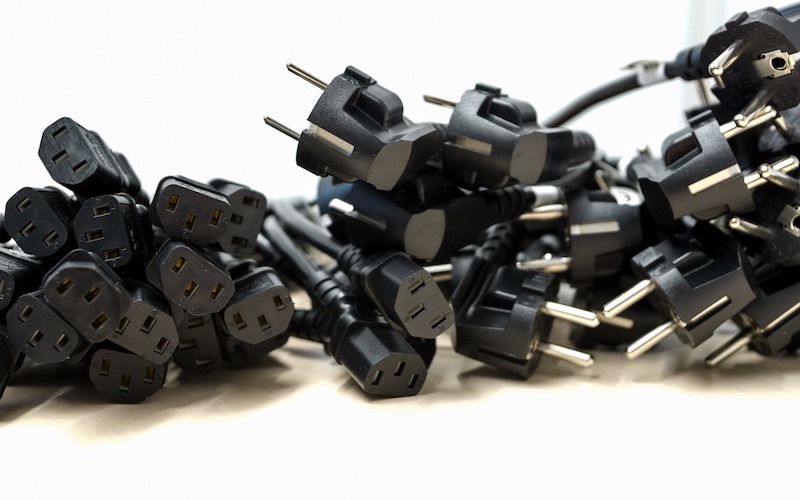The beginning of the year is a great time to start fresh and develop new, positive habits. For integrators, a power foundation is a good place to start to ensure that common power problems don’t disrupt system performance for new installations today and into the future.
The first step to preventing power problems is knowledge. We tend to think of electricity as constant and flowing, where whatever you plug into the outlet will start to work. If it didn’t work or stops working, a common first step is to check the equipment for broken or faulty parts. But what happens when a device fails, as does its replacement, or other devices in the system?
Instead of looking to the equipment to blame, poor power quality could be the culprit when repeated damage is present, affecting one or many devices. Home technology professionals and homeowners need to be aware of power issues and how they can impact devices and systems to properly diagnose and service them, as they occur commonly in almost any home without proper equipment. In fact, power problems are the root cause for up to 40 percent of system downtime, and there are many different kinds: surges, spikes/sags, electromagnetic and radio frequency interference, over/under voltage, ICE–inrush current, etc. (according to Florida Power). These interferences put devices offline when there is a power event; uneven power can slowly degrade equipment over time, or a large surge can break down devices completely.
A general contractor, for example, wouldn’t renovate a home without first addressing a crack in the foundation. A power foundation may be included in an integrator’s first proposal, but could be chiseled out by a homeowner who doesn’t understand the value. It’s important that integrators communicate the need for a solid power foundation for any home system, as installing on top of known power problems can result in a finicky system that requires frequent reboots, product-replacement, and support.
Technology is the second step to protection. To create a solid foundation that will safeguard any project from these issues, integrators need to understand these issues and know what to look for in power conditioning and surge elimination equipment. In cases where clients are unsure whether to invest in a power foundation, integrators can look to the facts gathered from analytics devices like the enVision. The device can be used to help dealers manage an installation or address power problems before starting installation. Remote monitoring allows them to diagnose, prove, understand, and troubleshoot a home’s power issues, whether before starting a new installation to show the problems upfront or in a completed project that’s experiencing problems like frequent downtime and equipment failure.
Quality power conditioning and protection equipment make good habits a no-brainer for integrators to create a solid foundation. The SurgeX engineering team created surge elimination technology that does more than divert surges, it completely eliminates them with zero let-through to connected devices. The technology had a development breakthrough in 2005, and continues to advance; complete surge elimination, rather than suppression, is possible through multi-stage protection capability called Advanced Series Mode.
Conditioning equipment works to clean the power coming in from the utility from noise and electrical transients to prevent long-term degradation, and surge elimination equipment helps to protect against surges that occur daily as devices power on and off. Key technologies within these solutions include: catastrophic over/under voltage shutdown, inrush current elimination, A-1-1 certified surge protection, and multi-stage protection. The equipment is built here in the U.S. to suit installations of any size – from an average-size smart home to a large private yacht – and anywhere in the world. In addition to a surge elimination solution, conditioning equipment keeps systems running on clean power, without harmful electromagnetic and radio frequency interference, to prevent downtime and device degradation.
Protecting against common power problems that are invisible to clients is a tiered process that starts with understanding and communicating with the client. It can be simplified when integrators are armed with the proper knowledge, technology, and support. This year, set all of your installations up for success with a solid power foundation to avoid system downtime and protect equipment’s lifespan.








